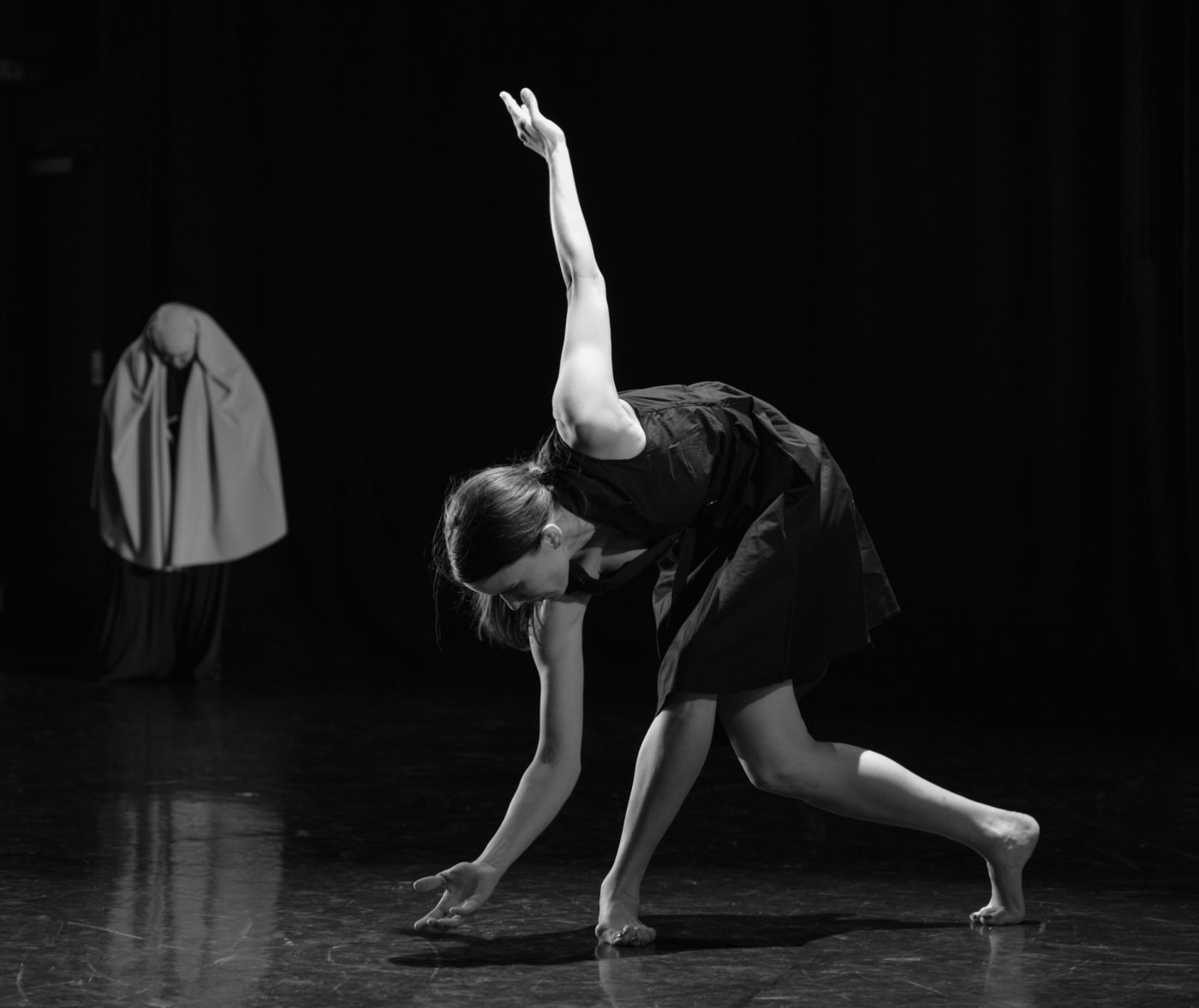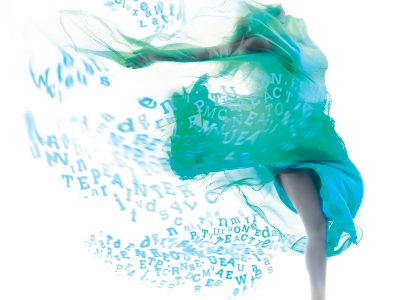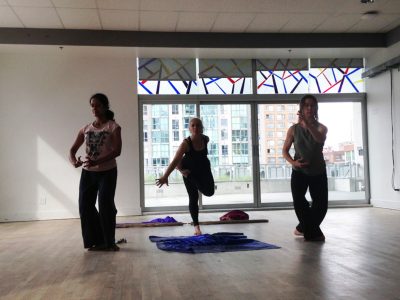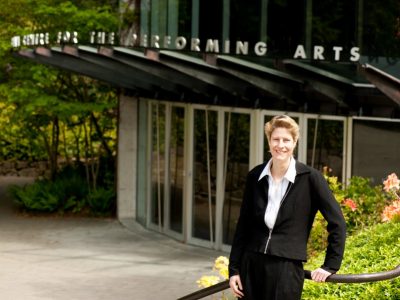- News
- Q & A with Carmen Aguirre and Olivia C. Davies
Q & A with Carmen Aguirre and Olivia C. Davies
Leading up to the the Chan Centre’s presentation of Words in Motion on March 18 + 19, part of the Beyond Words series in the Telus Studio Theatre, we spoke with each pair of artists (one writer and one choreographer) about their partnership and creative process.
Here are Carmen Aguirre (writer, Something Fierce: Memoirs of a Revolutionary Daughter and “Open Fire”, upon which this piece is based) and Olivia C. Davies (choreographer) discussing their poignant and powerful subject matter, careful artistic process and the importance of trust in collaboration.
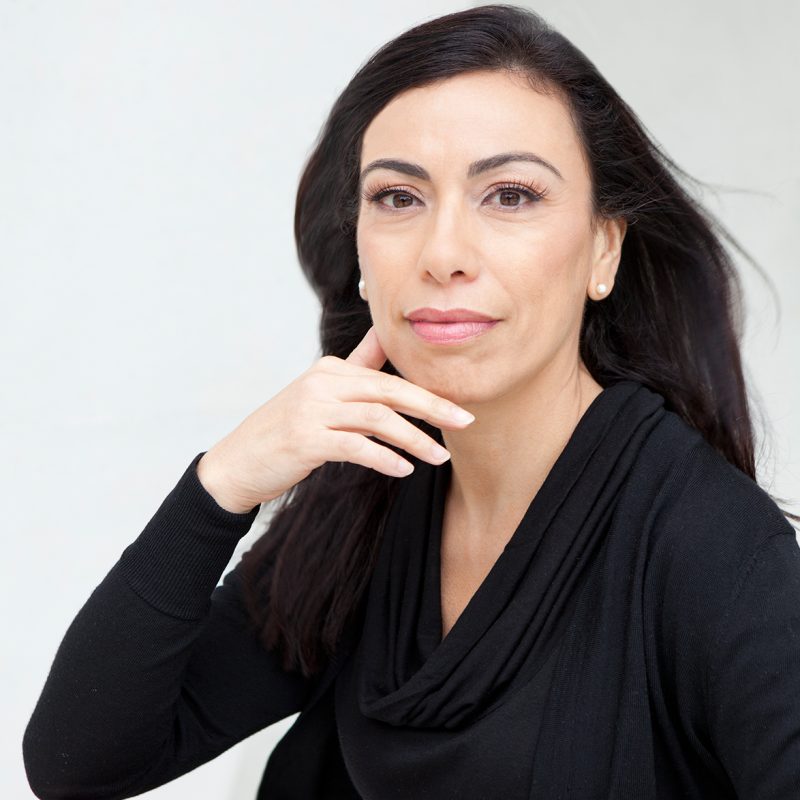
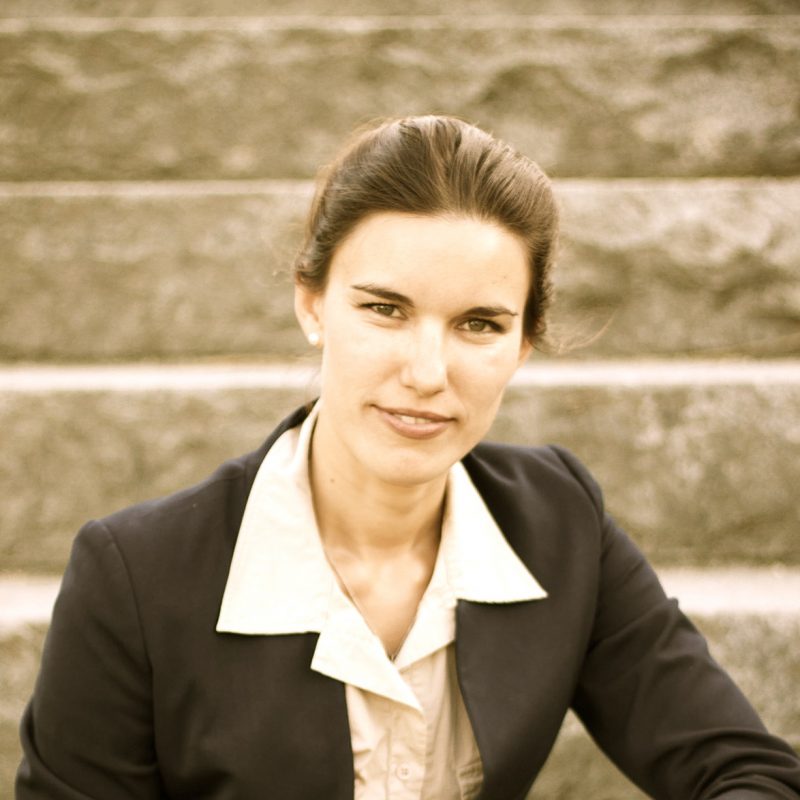
CARMEN
What were the ideas and intention behind your piece?
Carmen Aguirre: My piece, “Open Fire”, a short story written last Spring, is based on true events surrounding the kidnapping and disappearance of my close friend’s mother during the Argentinian military dictatorship in the 1970s. My friend, one of the founders of Children of the Disappeared, was present when her mother was taken from a café by the secret police. She was five years old at the time. Her mother remains disappeared. “Open Fire” was inspired by a visit to the café – the scene of the crime – almost four decades after the kidnapping took place. I was in Buenos Aires in February of 2015 and I accompanied my friend to the café. She had only ever been back once, twenty years prior, hoping to speak to the waiters about what they saw on the day her mother was taken, as the perpetrators of the crime are still at large. She hopes to someday have enough witnesses that can provide descriptions of the secret police members in order to eventually take the kidnappers to court and charge them with crimes against humanity, as is currently happening in Argentina, where 30,000 people were disappeared by state terrorism. When she first went back to the café, she posed as a journalist and scared off the waiters.
Twenty years later, she returned with me. She walked me through the events of the day in which her mother disappeared and then we sat at the very table that her mother had been taken from. It was an emotionally charged visit, and it ended with my friend gathering her courage to ask our waiter if he had been there in 1977. She told him the story of her mother, and he was sympathetic. He hadn’t been there in 1977, he said, but he knew someone who had. Could she come back on another day, when that waiter was on shift? The rest of the waiters hugged my friend as we left, including the owner of the café, and, fists in the air, said the word “strength” to her.
How do you feel the original meaning or ideas behind your words have been altered, changed or enhanced by this new connection to movement?
CA: I think Olivia has brought a passionate, clear, strong vision to the words. The piece she has created is simple, moving, and complements the text perfectly. There are images in the story, such as the magnetic north, a black hole, the concept of disrobing, that Olivia has focused on in a compelling, exciting, dramatic way. She has brought the words to life not only through the use of herself and a fellow dancer, but also with an actor and a sound designer. I believe the piece, which plays with the tension between the act of disappearing and its opposite, appearing, bringing to light, speaking out, bringing forward, will touch the audience and hopefully reverberate for a long time afterwards.

OLIVIA
Can you talk about how you approached the process of integrating the ideas, narrative and words themselves into your choreography?
Olivia C. Davies: This process of integration unfolded in an organic way, first through conversations with Carmen about the short story based on true events, and then with collaborators Alejandra and Sindy about how together we would form the cast of characters who would hold this story with reverence. We each read Carmen’s book, “Something Fierce: Memoirs of A Revolutionary Daughter”, and conducted our own research into the political movement that took place in Argentina in the 1970s, bringing back ideas and images to discuss in throughout our development of the work. It was decided that we would each take on individual characters, as well as dance together for ensemble sections. Sky Shaver, an independent musician and sound designer, was invited to create original music compositions that would be embedded into the final work.
In the beginning, the collaborators and I explored authentic movement response to pieces of the text read aloud. Then, we had conversations about the way different words reverberated throughout the body; how the narrative unfolded naturally in specific gestures that echoed action being described. Creating safe space for these explorations and subsequent conversations was essential to our creation period. As part of our regular practice, we started off each studio session by checking in and relating our own stories of transformation to one another in order to be aware and empathetic of where each one of us may be coming from before approaching the work. It was essential to for each of us to develop a deep reverence for the story we were carrying in our bodies. Through the process, we were able to develop beautiful and simple phrases to deliver each segment through to the next with clear relation to the words.
What has been the most rewarding part of this collaboration for you?
OD: It has been an immense honour to hold Carmen’s trust in our collaboration. She gave me space to come up with ideas for choreography and establish my own connections to the work. I am also especially grateful to have had the support of the Dance Centre to create and develop the choreography in the beautiful downtown studios. The immense space and generous amounts of time provided allowed for an in-depth creation and development process. I was able to access great amounts of original material before settling on the specific phrases that would make up the final creation. I look forward to developing the work further and sharing it with audiences across North and South America after it’s premiere in March 2016 at the Chan Centre’s Telus Studio Theatre.
What has been the most surprising or unexpected part of this collaboration for you?
OD: Bringing original music composition into the work has impacted the choreography in unexpected ways. With the composer, Sky Shaver, working out of his studio in Toronto, we were able to discuss ideas through telephone meetings and then review pieces of the score in rehearsal here in Vancouver. The cinematic soundscape he created adds another layer to the work that provokes an emotional response. I am very happy with how well the music and live reading have been woven together. The music allows for breath and space for each idea in the story to land before moving into the next section.
